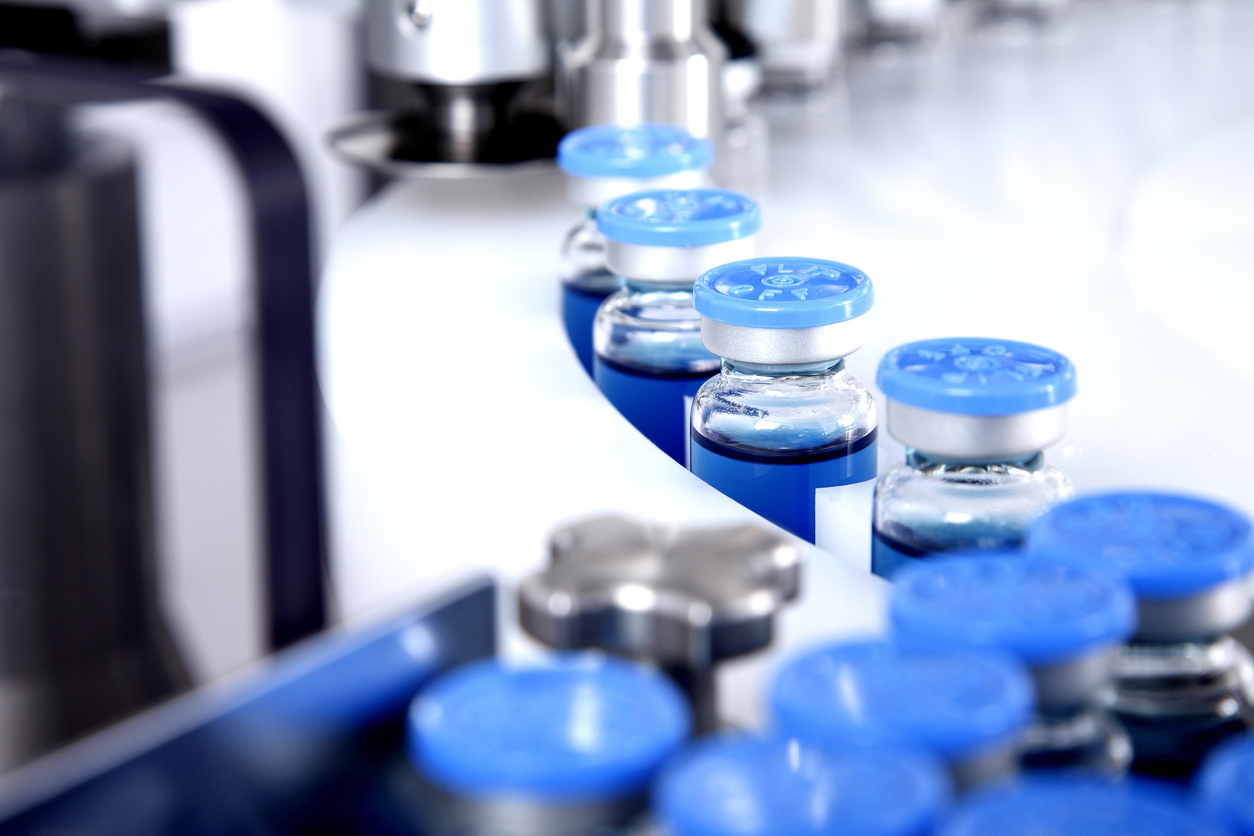Japanese brewer Kirin pivots from beer in £667 million pharmaceutical investment
By Eloise FeildenBeer giant Kirin is set to invest ¥100 billion (£667 million) in pharmaceuticals over the next three years as part of the company’s shift away from brewing, led by the shrinking beer market in Japan.

Yoshinori Isozaki, chief executive, told the Financial Times in an interview: “If the beer segment would grow forever, it would’ve been better for us to focus on it, because making a challenge in a new business is very tough.”
Kirin Holdings Co. announced last month that it would be selling its stake in a beverage venture it formed with China Resources Holdings Co. for ¥115 billion (just shy of US$1 billion) as it shifts its focus to food, health and pharmaceuticals.
The company now hopes to use the technology of the beer-making process in its biotech ventures.
Partner Content
“We want to turn Kirin into a fermentation biotechnology company. We need to grow a new business while the beer segment is still healthy,” Isozaki told the FT.
Kirin unveiled a three-year business plan last month, in which ¥100 billion will be invested in research and development and to expand factories in the health science and pharmaceutical sectors. A further ¥80 billion will be spent on in its beer and beverage business.
As part of the shift away from beer and into pharmaceuticals, Kirin will increase production of Citicoline, a memory improving supplement. A new manufacturing facility for the product is set to be up and running by 2023.
Kirin is among Japan’s top beer brands. It also owns Four Roses Distillery in the US and San Miguel Brewery in the Philippines.
Kirin Brewing Company recently released Four Roses Small Batch Select Bourbon into the UK, a whole two years after its US launch. Read more on that here.
Related news
Inside Laithwaites' partnership with Channel 4
How low can you go: will en primeur price cuts tempt the market?




